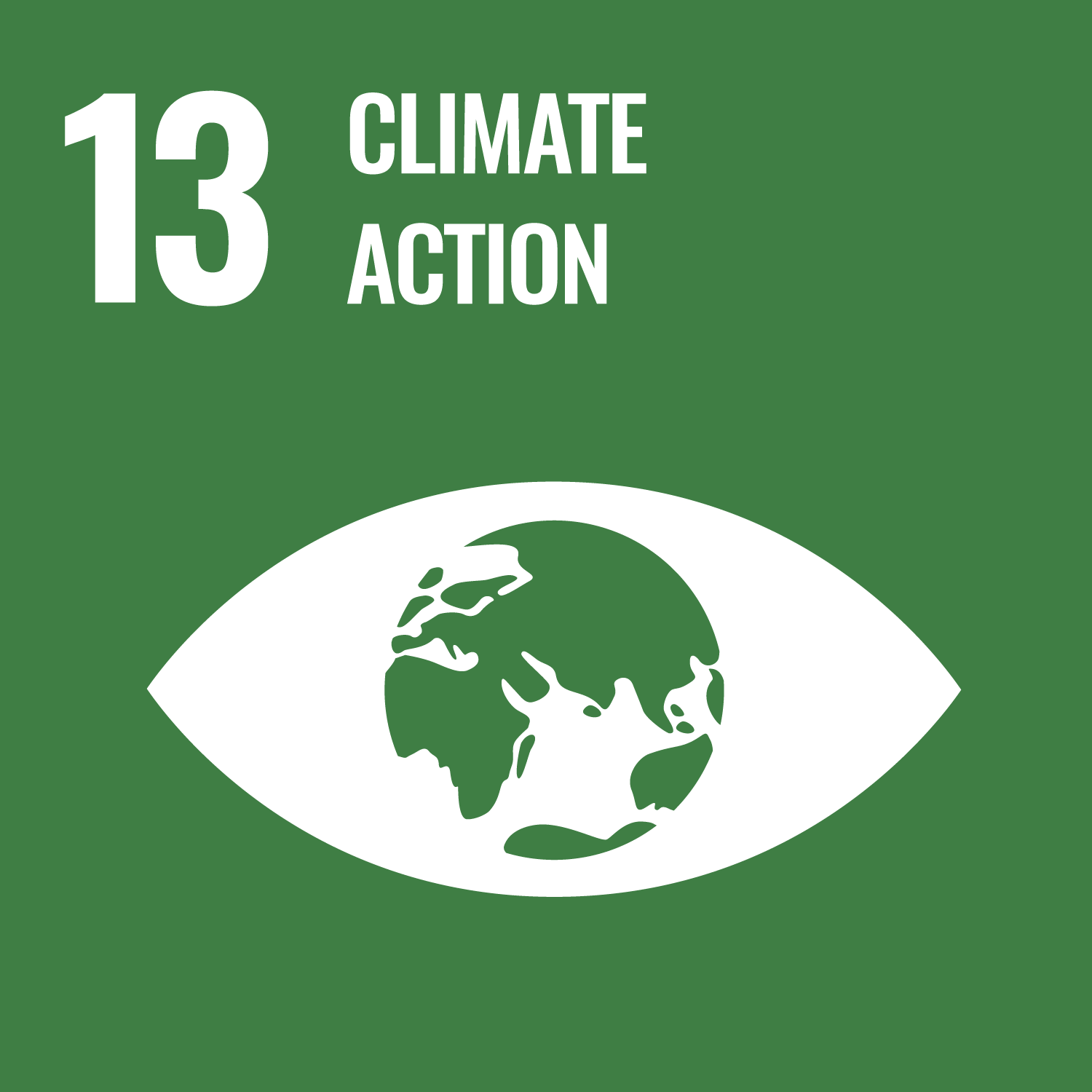This course provides an introduction to materials processing science, with an emphasis on heat transfer, chemical diffusion,
and fluid flow. We use an engineering approach to analyze industrial-scale processes, with the goal of identifying and understanding
physical limitations on scale and speed, and cover materials of all classes, including pure metals and common alloys. Specific
processes, such as melt-processing of metals, deposition technologies (liquid, vapor, and vacuum), and additive manufacturing
are considered.
The aim of this lecture is to understand the alloy theory-terminal solid solutions and intermediate phases, free energy-composition
diagrams. Develops equilibrium and non-equilibrium behavior of alloy systems that are essential for the interpretation of
phase diagrams.
- Understand various phenomena related to solidification and crystal growth from the liquid state in metal materials from a thermodynamic perspective.
- Enable the interpretation of phase diagrams and predict phase compositions, microstructures, and properties of materials under given conditions.
- Deepen the understanding of physical chemistry principles related to interfacial phenomena that govern phase transformations, such as solid-liquid interfaces.
- Enhance the understanding of novel fabrication methods of materials based on the control of non-equilibrium phases through processes such as undercooling solidification and rapid quenching.
| Solidification of materials | Total. | |
|---|---|---|
| 1. | 30% | 30% |
| 2. | 25% | 25% |
| 3. | 25% | 25% |
| 4. | 20% | 20% |
| Total. | 100% | - |
Final grade points will be determined by total weighted scores from quizzes (30%), a mid-term report (40%) and a final report
(40%). (Less than 60 grade point: Failing)
| Class schedule | HW assignments (Including preparation and review of the class.) | Amount of Time Required | |
|---|---|---|---|
| 1. | General introduction to the concept of solidification of metals | Review the microsturacture of materials. | 100minutes |
| 2. | Phase diagram | Review the previous lecture. | 100minutes |
| 3. | Solidification microstructure | Review previous lectures. | 100minutes |
| 4. | Evolution of microstructures in metals and alloys during solidification | Review previous lectures. | 100minutes |
| 5. | Morphology of solid/liquid interface | Review previous lectures. | 100minutes |
| 6. | Phase transformation | Review previous lectures. | 100minutes |
| 7. | Mid-Term Report | Review previous lectures. | 100minutes |
| 8. | Supercooling and subsequent solidification behavior | Review previous lectures. | 100minutes |
| 9. | Nucleation and crystal growth during solidification | Review previous lectures. | 100minutes |
| 10. | Variation of phase diagram | Review previous lectures. | 100minutes |
| 11. | Die casting | Review previous lectures. | 100minutes |
| 12. | Single crystal manufacturing | Review previous lectures. | 100minutes |
| 13. | Additive manufacturing | Review previous lectures. | 100minutes |
| 14. | Final report | Review all lectures. | 100minutes |
| 15. | * | ||
| Total. | - | - | 1400minutes |
| ways of feedback | specific contents about "Other" |
|---|---|
| Feedback in the class | 小テストや小レポート、中間レポートのフィードバックを授業内で行う。演習問題は、授業内で解説を行う。 |
- Course that cultivates a basic problem-solving skills
- Course that cultivates an ability for utilizing knowledge
- Course that cultivates a basic self-management skills
| Work experience | Work experience and relevance to the course content if applicable |
|---|---|
| Applicable | A visiting professor from an automotive company will give a lecture about the development of automotive materials by using casting and die-casting. |



- 9.INDUSTRY, INNOVATION AND INFRASTRUCTURE
- 12.RESPONSIBLE CONSUMPTION & PRODUCTION
- 13.CLIMATE ACTION
Last modified : Thu Mar 06 10:13:34 JST 2025
